How knee replacement surgery ended years of pain – and got patient back on her feet
- Lu Gau-cyun, like many ageing Hongkongers, needed surgery after suffering from degenerative osteoarthritis
- Foundation helps fund treatment at Hong Kong Adventist Hospital – Stubbs Road for underprivileged patients
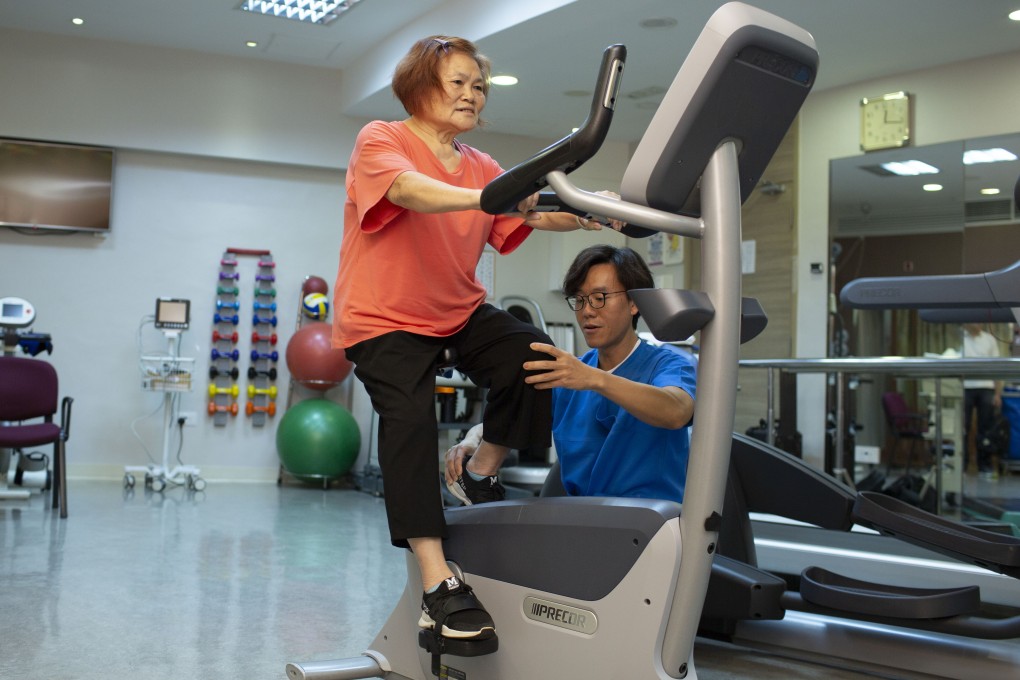
Eight years ago, Lu Gau-cyun was forced to retire from her job because of worsening pain in her left knee. Four years later she was forced to start using a walking stick.
“My feet began to turn in and I was getting more bow-legged to avoid putting pressure on the knee,” Lu says. “When I walked, I waddled like a duck. I often ended up in a cold sweat because of the pain.”
I feel like I am almost 100 per cent back to normal … I look forward to going out and resuming my normal activities
Yet five weeks after successful knee replacement surgery, the 62-year-old is pain free and starting to walk independently again.
The operation was performed by Dr Sha Wai-leung, a consultant in orthopaedics and traumatology at Hong Kong Adventist Hospital – Stubbs Road, in Happy Valley. So far, Sha is very happy with Lu’s progress.
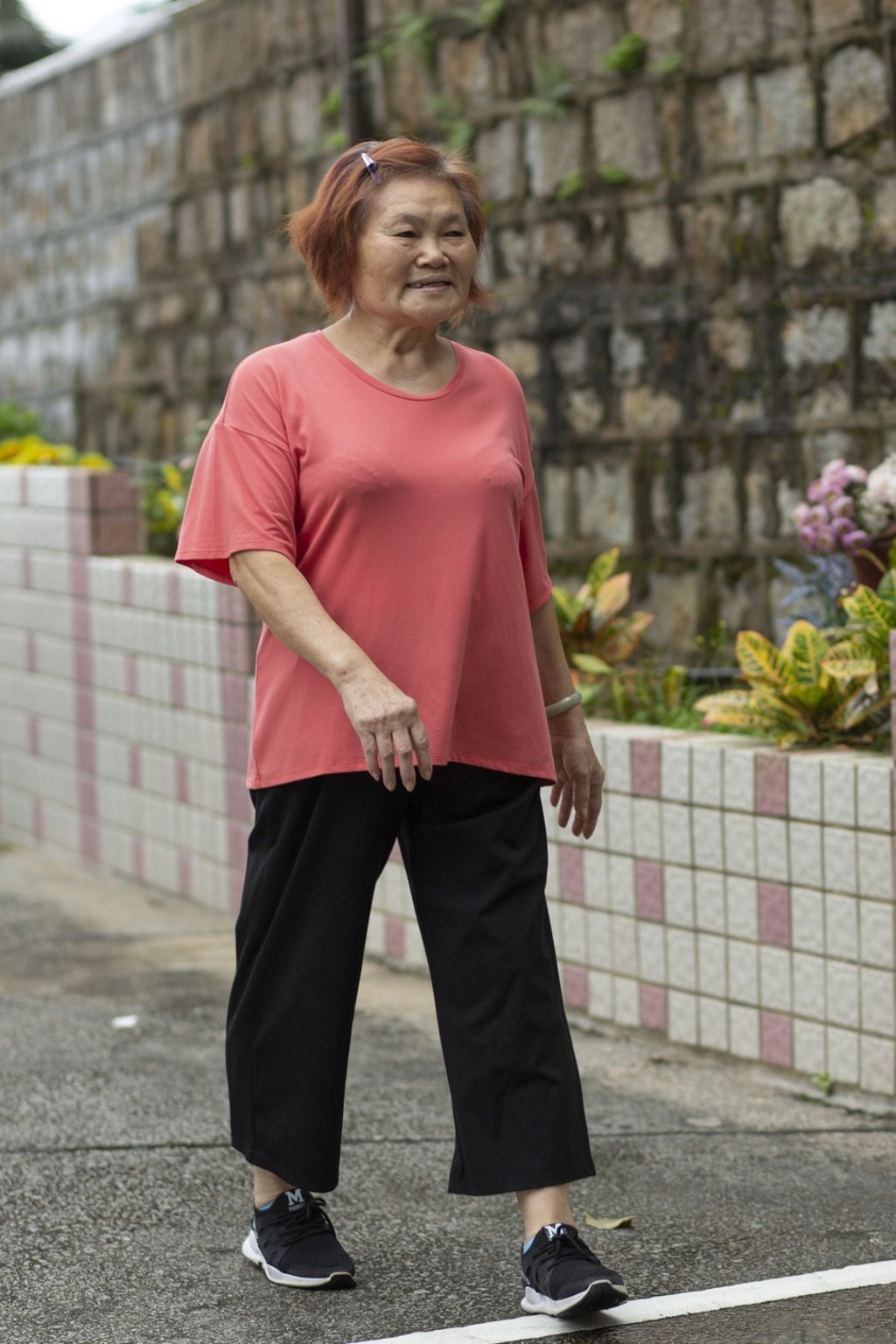
Lu was able to walk, albeit gingerly, the day after surgery and was discharged from Adventist only three days later.
I was getting more bow-legged to avoid putting pressure on the knee. When I walked, I waddled like a duck. I often ended up in a cold sweat because of the pain
She remains conscientious about sticking to her post-op exercise regimen, which has had a lot to do with her positive outlook and good progress.
“I feel like I am almost 100 per cent back to normal,” she says.
“I still stay at home most of the time to avoid infection and possible accidents, but I look forward to going out and resuming my normal activities next month.
“I am very grateful to Dr Sha and all the nurses who took care of me.”
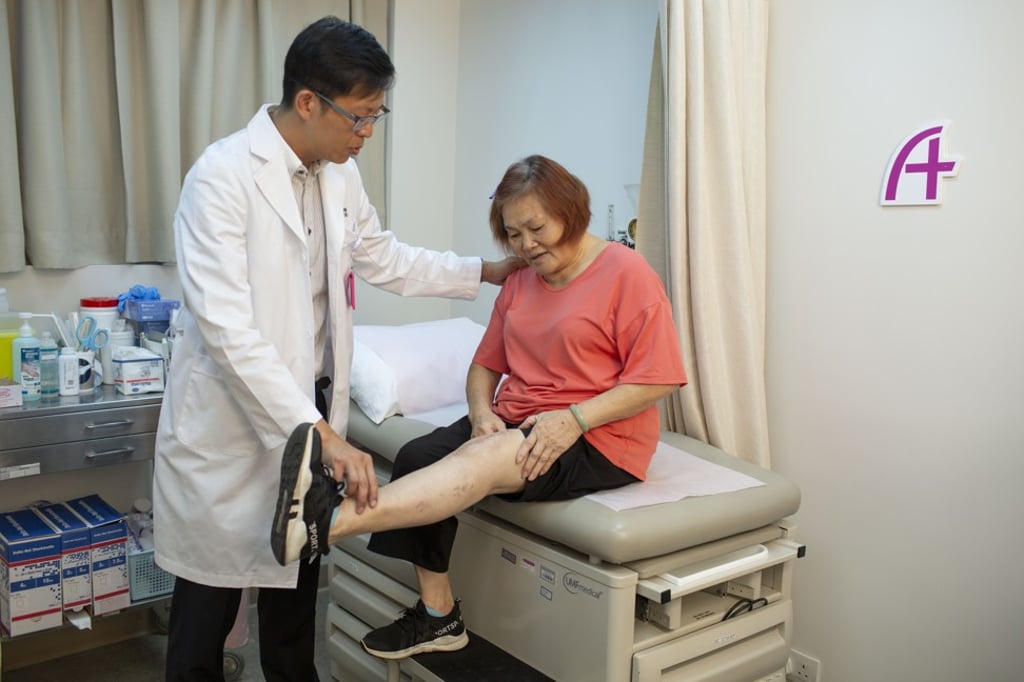
As Hong Kong’s population ages, it is inevitable that more residents will suffer from problems such as osteoarthritis, a common degenerative disease where the protective cartilage between bones wears away, causing considerable pain.
It is a problem that can afflict athletes, overweight people, those suffering from gout or with jobs that put a lot of strain on the knees. Some people, such as Lu, simply have a genetic disposition to knee problems.
A stopgap hyaluronic injection is a means of relieving pain only: it cannot delay knee degeneration
Sha says one stopgap measure is to inject the knee joint with supplemental fluids such as hyaluronic acid, which helps to lubricate and cushion the joint.
“However, the injection is a means of relieving pain only: it cannot delay knee degeneration,” he says.
“As arthritis worsens and pain increases, a patient’s leg might deform into a bow-legged shape or, even worse, develop bone spurs.”
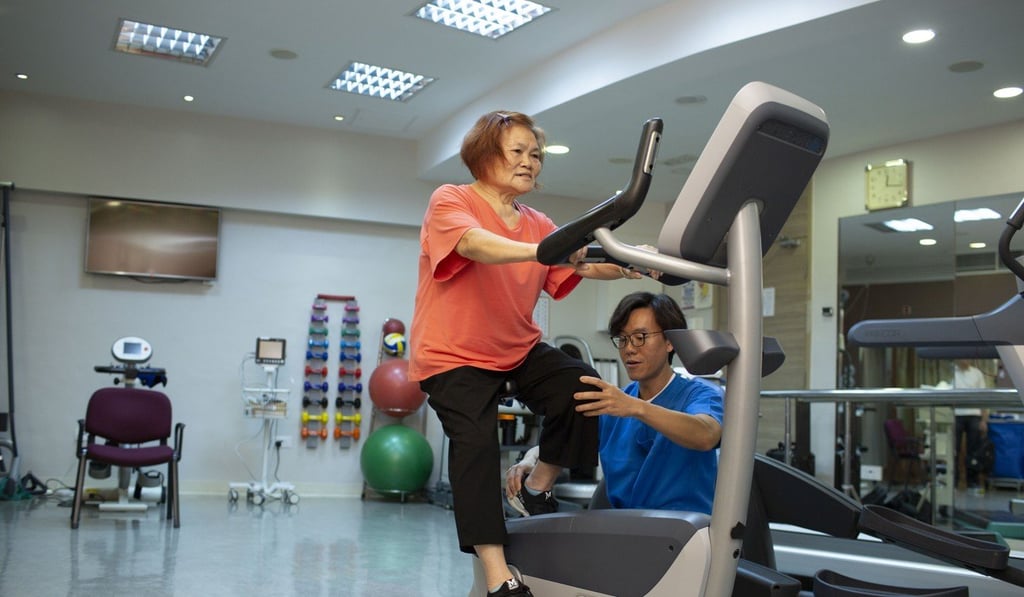
Permanent knee replacement surgery is usually the only effective long-term treatment. And recent medical advancements have made the procedure less risky.
“In the past, knee replacement surgery was considered as a last resort, mainly for people aged between 60 to 70,” Sha says.
“But now even 50-year-olds or younger people can be considered, as the chance of infection and other complications has significantly decreased.”
About 40 per cent of all deteriorating osteoarthritis cases will eventually require surgery and the increasing number of cases is having an impact on Hong Kong’s health care system.
Currently, the waiting time for knee replacement surgery in the city’s public hospitals can range from three to nine years.
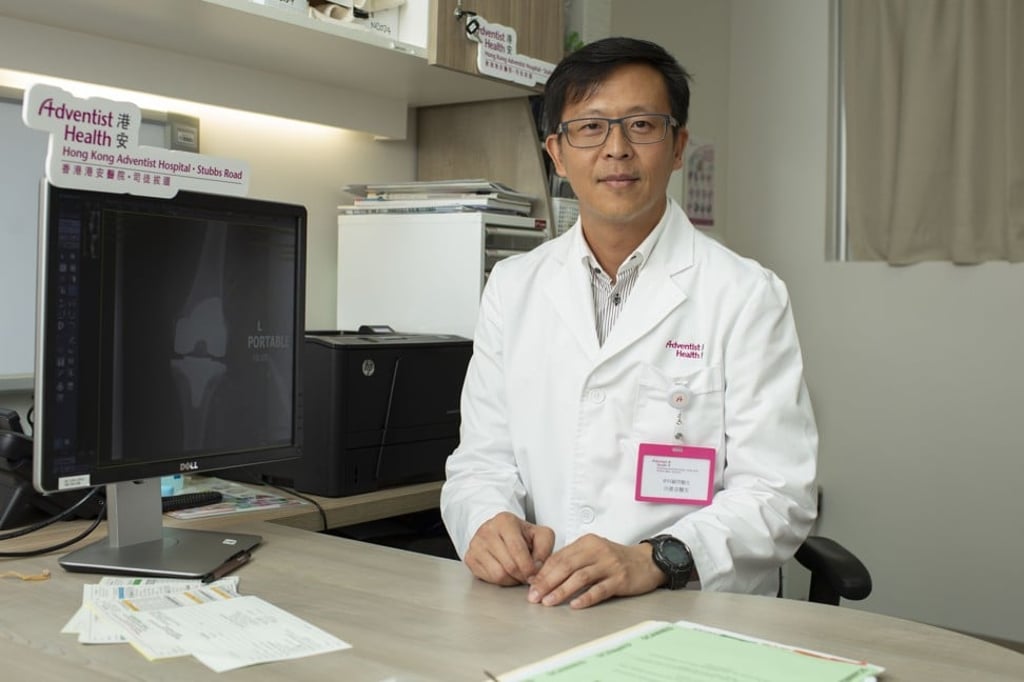
Lu is one of the lucky patients. She went to a public hospital with her problem, but was told the waiting time would be at least two-and-a-half years.
Without being able to work, she could not afford to go private. Lu assumed she had no choice but to rely on painkillers, until a friend from her church referred her to a foundation within the Adventist group, which provides treatment for underprivileged people.
As a Comprehensive Social Security Assistance recipient, Lu was approved for full funding; Sha decided that she needed knee replacement surgery and went ahead with the operation.
In the past, knee replacement surgery was considered as a last resort, mainly for people aged between 60 to 70. Now even 50-year-olds or younger people can be considered
The procedure usually takes two hours. Surgeons remove the damaged cartilage and bone, then carefully position an artificial joint that performs exactly the same function as the original.
Different designs and a variety of materials are used to make artificial knees, but nearly all consist of three parts: the femoral component (made of a highly polished strong metal), the tibial component (made of durable plastic and metal) and the patella (kneecap) component – also plastic.
In most cases, an artificial knee lasts around 15 years. “But that’s just an estimation,” Sha says. “I have patients from 20 years ago who are still using the same artificial knee joint without the need for another replacement.”
So far, Lu’s recovery has surpassed all expectations. She feels no pain, her mobility has improved beyond what her physiotherapists predicted for someone of her age and she continues to carry out her rehabilitation regimen.
I have patients from 20 years ago who are still using the same artificial knee joint without the need for another replacement
Post-surgery, these exercises are important to increase blood flow in her leg muscles and help prevent swelling and blood clots.
With modern, less invasive techniques, most patients can begin exercising their knee the day after surgery. Walking and other normal daily activities can be resumed within days after discharge.
“Patients need only come back once a year for an X-ray to monitor the artificial knee,” Sha says.
However, prevention is the best medicine of all. In recent years, pharmaceutical companies have been promoting supplements that claim to reduce joint pain and replenish cartilage and soft tissue.
Chondroitin sulphate and glucosamine are among the popular daily tablets taken to help prevent and delay osteoarthritis.
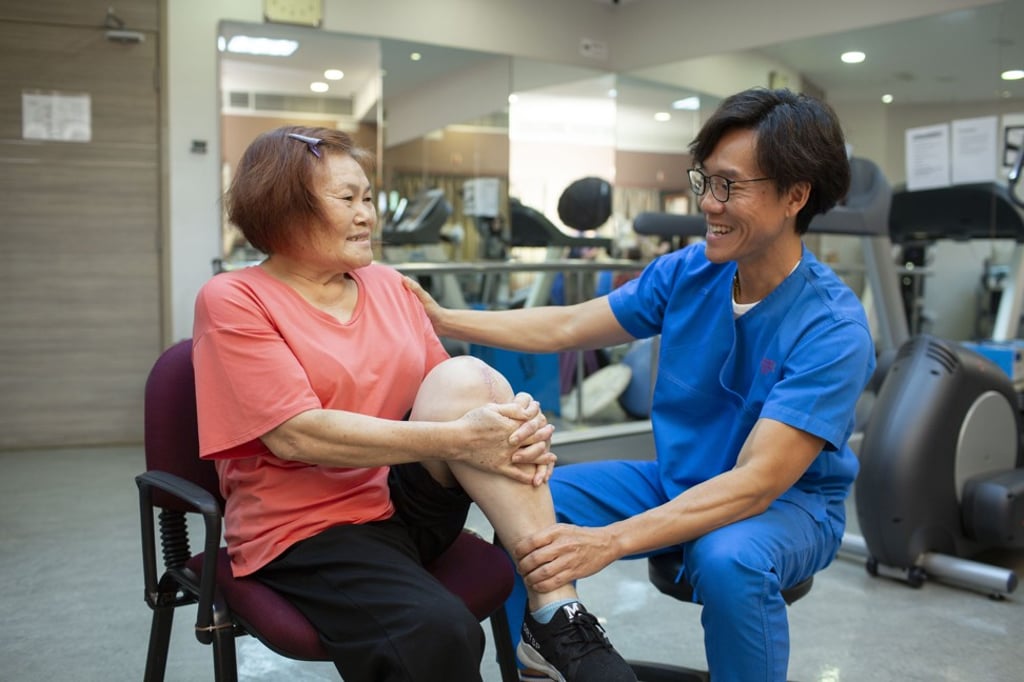
Sha says these pills are not unlike hyaluronic acid injections. They may have some benefits and short-term pain management solutions, but the key to preventing arthritis is to maintain muscle and bone health.
“Do some stretching exercises every day to increase your body’s soft tissue mobility,” Sha says.
“In addition, strength training exercises help to maintain muscle mass and density, and build stronger bones.
“Strong bones are important to help minimise the risk of a fracture as a result of osteoporosis.”